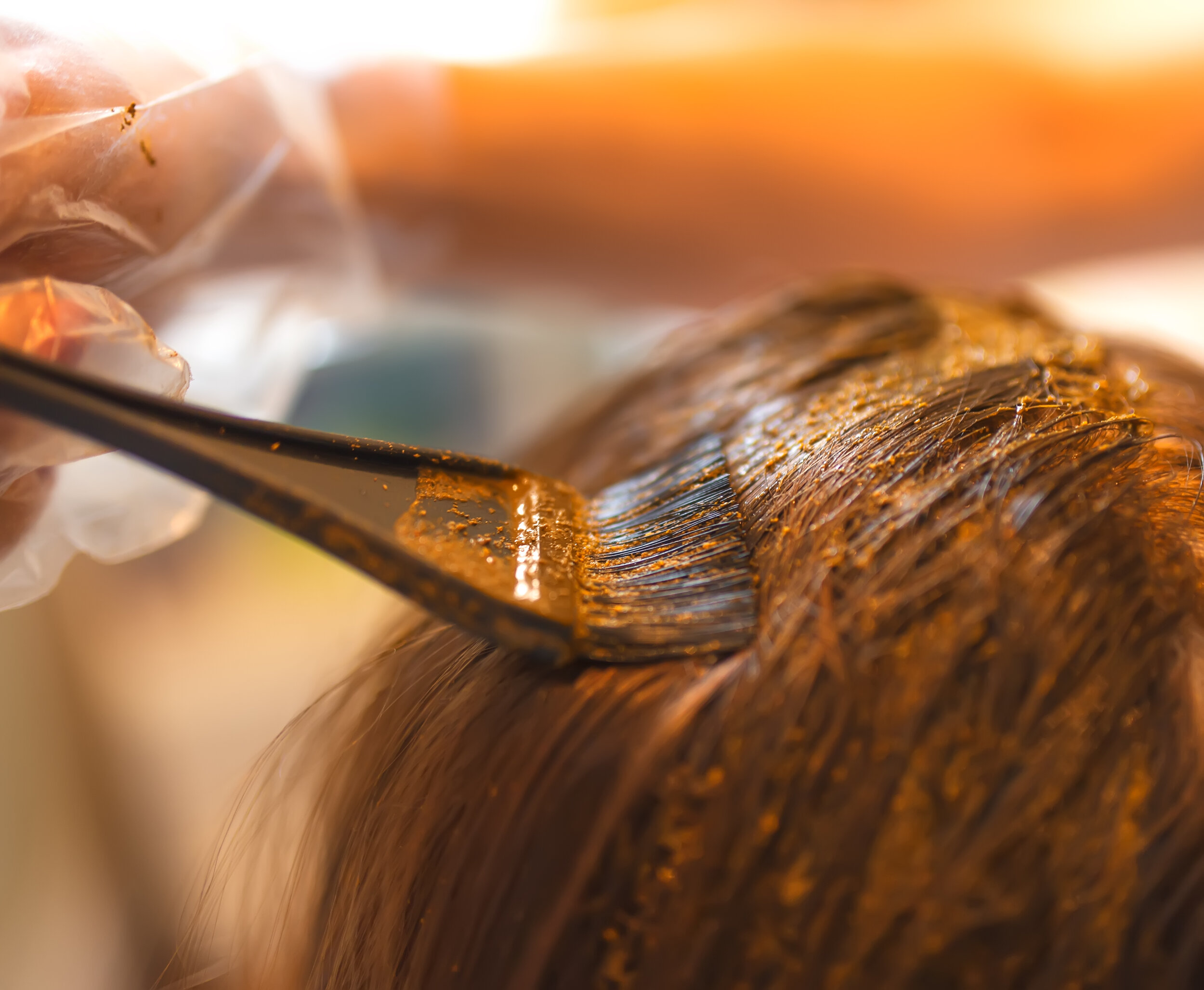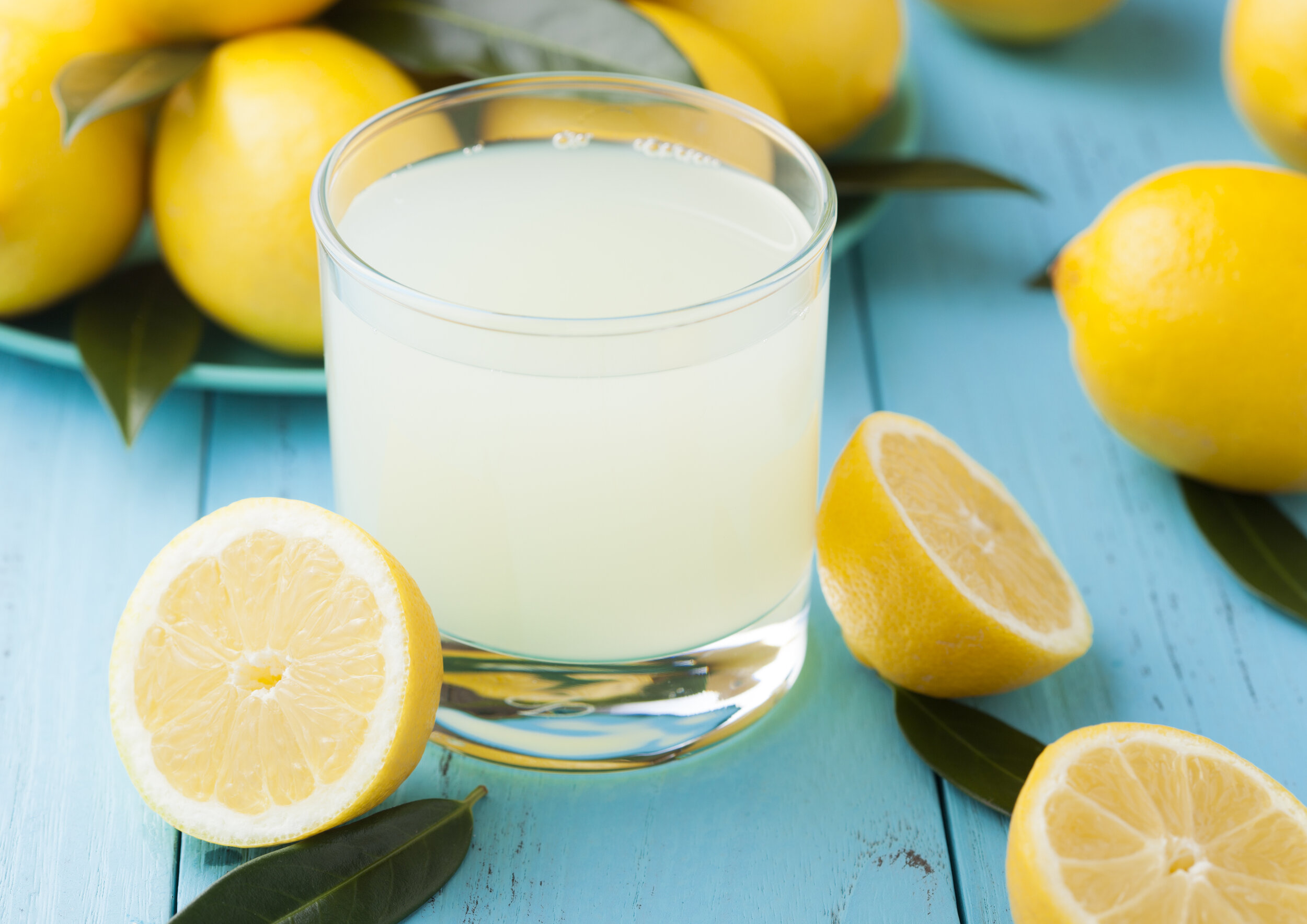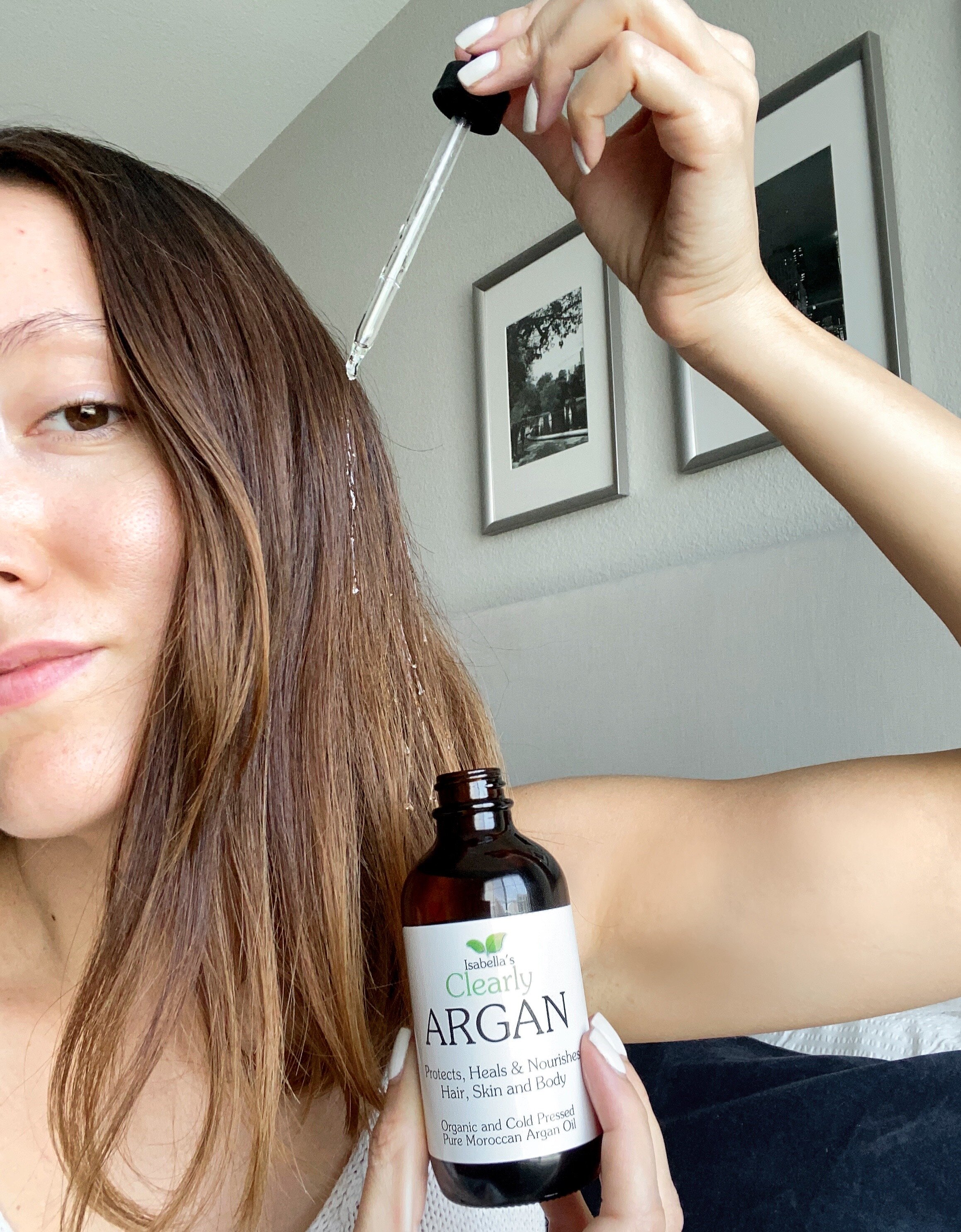Change your Hair Color Naturally (and Tips to Keep it Healthy!)
Hair color changes can be fun and can also enhance your look and keep it up-to-date. The change can be as subtle as adding some face framing highlights or going to va-va-vroom-red! If you choose to color your hair, keep in mind you must first choose a type of hair color (which can be daunting) and then learn how to care for your hair after the coloring treatment.
First and foremost, we recommend that you stay away from chemical-laden hair dyes that can irritate your scalp and potentially cause hair thinning or hair loss. Aside from the damage to your hair, chemicals in most hair dyes can also be detrimental to your health. If you want to change your hair color naturally, without all the chemicals or toxins, try the following natural hair dyes instead.
Natural Hair Dyes for Coloring your Hair
Natural Red Hair Color with Henna or Beet Juice
If you decide to go red, there are many natural options that can help you achieve your desired color. The most common is Henna, a plant-based hair dye that has been used for centuries to infuse hair color with reddish tones. Henna can also enhance the overall appearance of your hair by naturally adding shine and preventing breakage. When using Henna, make sure to use the powder form (in its most natural state) and simply mix it with water.
Other options for coloring your hair red are highly pigmented juices, such as beet or carrot juice. For cooler undertones, use beet juice and for warmer undertones, try carrot juice. Simply mix the juice with a carrier oil, such as olive oil, and leave on your hair for an hour or until the desired color is achieved. Both Henna or juice colored hair typically lasts 2 to 3 months.
Natural Blonde Highlights with Lemon or Honey
For natural sun-kissed highlights, you can use lemon juice. Simply spray lemon juice on the areas you want to lighten and sit in the sun for a few hours. This method works slowly but the results are permanent, as lemon + sunshine naturally remove the hair’s pigmentation over time.
If you prefer not to sit in the sun, try honey. Honey contains an enzyme called glucose oxidase that produces hydrogen peroxide, which is a natural bleaching agent. We don’t recommend using hydrogen peroxide on its own, as it could be damaging to your hair, but honey is rich in nutrients that are great for your hair’s health. To lighten your hair with honey, start with 2 cups of pure raw honey and add half a cup of water, apply the mixture to your hair and let it sit for 1 hour.
Naturally Darker Hair with Coffee or Sage Tea
If you opt for a darker look or need temporary gray hair coverage, try using coffee. Brew a strong cup of dark roast coffee, then add a couple of tablespoons of fine ground coffee beans and 2 tablespoons of a carrier oil (such as Argan oil) to the brew. Apply the mixture to your clean hair and let sit for an hour before rinsing out.
If you don’t enjoy the smell of coffee (how can you not?!), you can also try dried sage. Sage can help deepen the dark tones and also cover up gray hairs. Simply steep a cup of dried sage in a quart of boiling water for an hour. Let it cool then strain out the sage and apply the liquid “tea” to your clean towel-dried hair. Let it sit for an hour before rinsing out.
How to Keep Colored Hair Healthy
Whether you choose the natural options above, or you make a trip to the hair salon, there are some key factors to keep in mind related to maintaining your hair’s integrity and color longevity. Try our stylist’s tips below for keeping your hair healthy after a color treatment.
Prep your Hair Before Coloring
Before you color your hair, consider doing a pre-hair color mask. This will help the overall condition of your hair improve and ensure your hair is in good condition following the color change. Try using a nourishing hair oil, such as Isabella’s Clearly LONG, 2 weeks prior to coloring your hair. One 30-minute session a week will get your hair ready for the change and keep your color from fading!
Wash Less
Washing your hair more frequently will fade your hair color - it is as simple as that. Aim for washing 2-3 times a week using a sulfate-free shampoo and conditioner. On the days you do not wash, use a dry shampoo at the roots to help with oil control (if needed). Always rinse hair with tepid, cool water to minimize color fading.
Use Thermal Protection
Always use a pre-blow dry hair product as it will help to ward away thermal damage and seal the cuticle layer of your hair. This will help prevent premature color fading and help to maintain your style. We recommend using Clearly WAVE as it contains a blend of natural oils to protect the hair from damaging heat and lock in its natural moisture.
Change your Towel
Switching to a micro-fiber towel can help to speed up drying time and keep your colored hair from getting frizzy and unmanageable. Soft micro-fiber also helps to keep the moisture in to prevent dehydration and breakage.
Condition Often
It is especially important to regularly condition your hair and for lighter hair colors, a leave-in conditioner may be necessary. Once a week, do a deep conditioner and leave in for 30 minutes. You can use a natural cream-based conditioner or a nourishing hair oil, like Argan oil. This will help correct and prevent any hair damage and keep your color looking great!
Deciding to make a change to your hair color is fun and exciting. Luckily, there are natural at-home hair dye options available so you can stay away from chemicals and toxins.
After you make the color change, it is important to be good to your hair by making some changes to your daily hair care routine. Your hair will love you for it!



